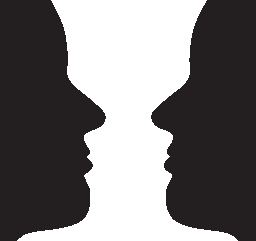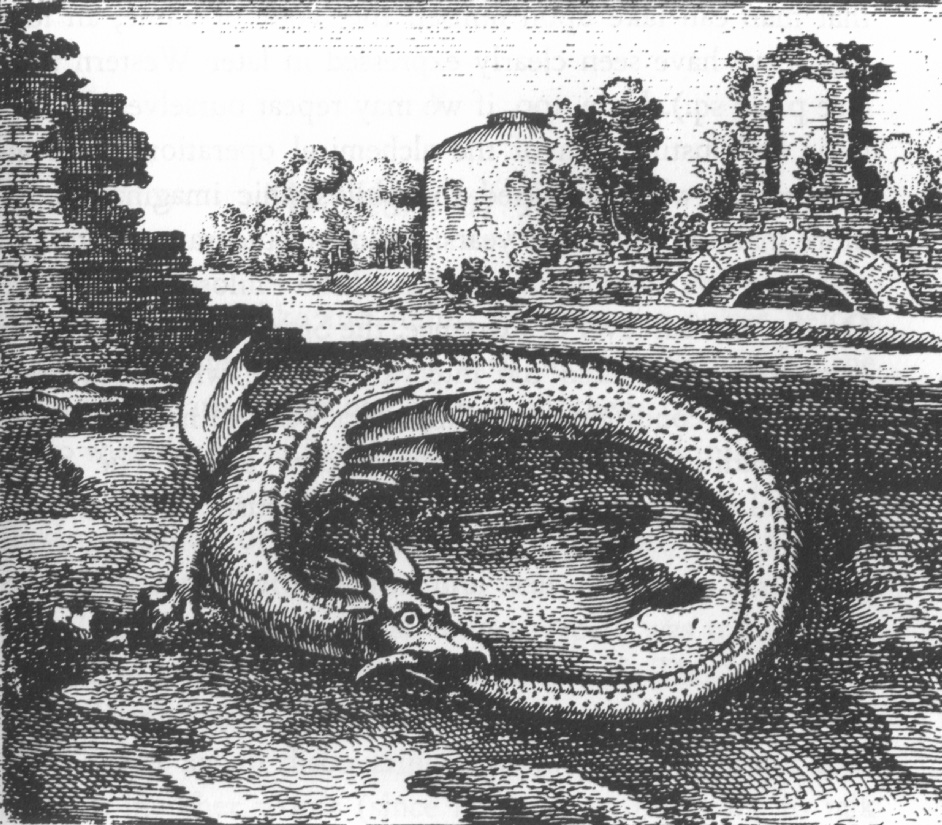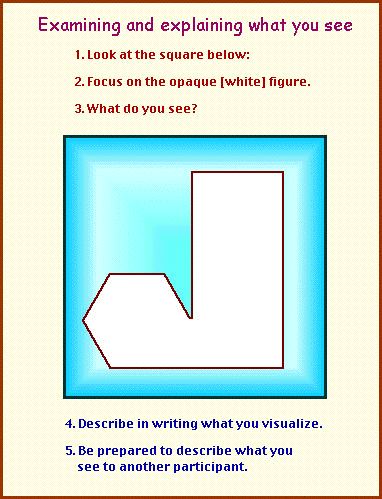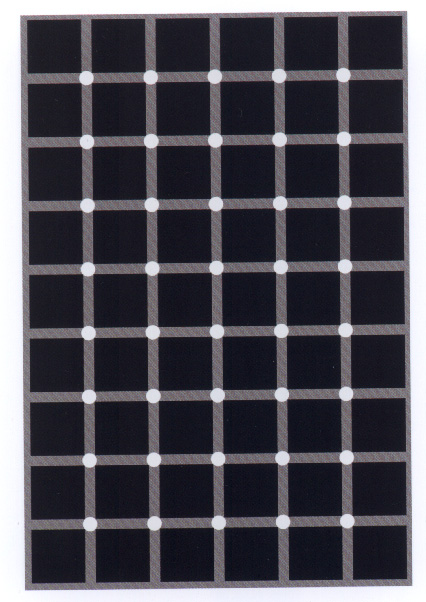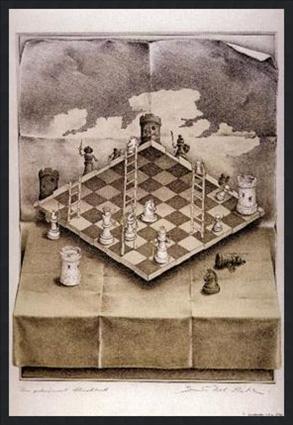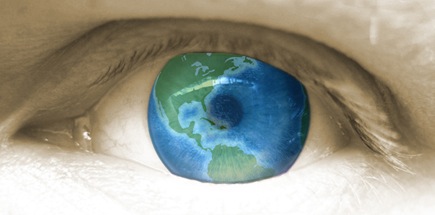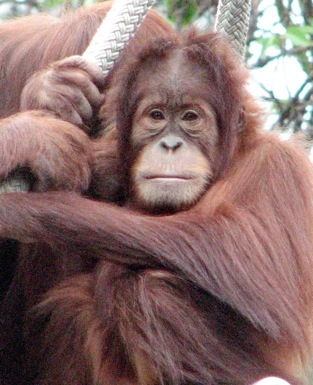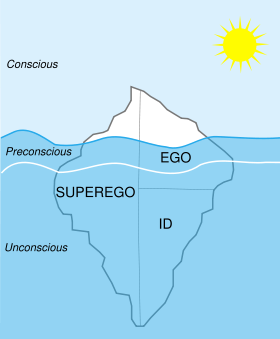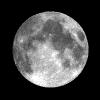
The Dominant Animal: Chapter 6, Perception Evolution & Beliefs
an on line guide
Gregory Bateson, Mind and Nature , perceiving patterns
Chapters
Six
What do you see in the above photograph, the sculpture of a house or an illusion?
Overview | outline | argument | visuals | religion's origins | vocabulary | summary | Authors' conclusions | lesson
Perception, Evolution, and Beliefs.
“Each individual is evolving culturally in response to changing environments.”
p. 119
Overview
"...the brains we evolved help to determine what we see. . . .
Our brains are programmed to let us see what we expect to see."
Outline
III ) Ease of missing the point
IV ) How beliefs and perceptions get in the way
A. The authors argue four points
4) Race and cultural stereotypes
V ) Summary of the examples, evidence, & two arguments is a case for knowing dimensions.
p. 121.
Overview | outline | argument | visuals | religion's origins | vocabulary | summary | Authors' conclusions | lesson
One
The dialectic of Optical illusions { 122-23
Being in space – humans us sensory and motor functions to position themselves in relation to external stimuli.
– the room and people in the unexpected context
What do we visually see, expect to see, and then visually think we have seen?
"either, or, & both"
Three steps are:
1) what people visually see,
2) expect to see, and
3) visually think we have seen?
Overview | outline | argument | visuals | religion's origins | vocabulary | summary | Authors' conclusions | lesson
Do we need a new symbol in recognition of silhouetted vases and faces?
Ouroboros, in European, African, or Eastern lore, a dragon that devours itself.
The dragon swallowing its tail symbolizes renewal; to the ancient alchemist, this represented the recurrent character of his work, a conjoining of opposites, the conscious and unconscious mind; the divine and the mortal. And like the ouroboros, language is immediate expression whose meaning is always deferred.
Overview | outline | argument | visuals | religion's origins | vocabulary | summary | Authors' conclusions | lesson
Two: Why mere awareness is insufficient:
A. "Clearly there isn't a one-to-one correspondence between what's 'out there' and what we perceive." {pp. 120-121
1. One. Cultural differences in Perceptions {124
2. Two. Perception and Environmental Problems {126
3. Three. Perception and Belief systems {128
4. Four. Race and Cultural Evolution {134
B. "All this points to a very fundamental ethical issue that is sure to be central to much of future cultural evolution in an increasingly large, globalized and threatened society."
C. "To what degree is it appropriate to impose one's perceptions and ethical values on others?"
p.139.
Media further distorts our –already distorted perception– understanding of what we believe we see and interpret in the world around us.
• photographs
• film
• radio and
• television.
“But unless humanity can overcome some of these debilitating prejudices and practices and start working together on its critical environmental and race) social problems, we are pessimistic about home sapiens’ tenure of dominance and the quality of life of future generations.”
P. 139
Three: How easy it is to miss the point.
Use visualization can advance or retard necessary changes.
A. goblet and faces are a graphical portrayal of a dialectic
What can we see of what we do see?
By analogy: is light made up of waves or particles? Or perhaps "wavicles."
p. 122.
| A Three part process: | Thesis | Antithesis | Synthesis |
|---|---|---|---|
| example 1. What is light? | waves | or particles | particles behaving like waves |
| example 2. about ecology? | habitat | biotic community | ecosystem function of growth and decay. |
B. Bateson's test and the two houses (as examples of visual thinking)
C. A mirage (as a reminder of sensory limitations) and the imagery we perceive.
The La Brea tar pits in the Los Angeles basin, mistaking an oil seep for a watering hole the Pleistocene animals became trapped, leaving a 40,000 year old fossil record of a vanished ecosystem.
D. Seeing two opposites at once
Four: When perceptions and beliefs get in the way.
What if the world is more complicated than we can think?
The relation of the microcosm to the macrocosm is critical to how well we think, act, and perform.
1. Cultural differences in Perceptions {124-126.124.
"cultural environments play a large role in determining what is actually perceived, and through that, influence the course of cultural evolution."
"Once again, we see that perceptions are combinations of the way our neural apparatus have evolved and the environments in which that apparatus develops from infancy and operates subsequently." [conditioning]
p. 126.
Human population, at an all time peak, has pushed other species, especially our cousins the great apes and chimpanzees to the edge of extinction, because the Earth seems to not be of sufficient size for more than one dominant species.
Many cultures do not recognize the common origins of humans, Orangutans, Gorilla's and Chimpanzees and thus refuse to take responsibility for our mutual dependence on the same ecological system services.
2. Perception & Environmental Problems {126-127"several aspects of our perceptual system (sensorium) provide some insight into humanity's general failure to come to grips with environmental problems."
"habituation" -- "the removal of a constant stimulus from consciousness."
• catastrophe of constancy –Linda Lee and Lake Apopka pesticide exposure, and the water in the lake, "it looks ok to me!"
pp. 126-127.
"slow deleterious changes in the environmental background" that are nearly or fully imperceptible –frog boiling alive; why doesn't it jump away?
p. 127.
"The most serious threats now faced by humanity are slow, deleterious changes in the environmental background itself, changes our perceptual systems have evolved to encourage us to ignore."
p. 127.
3. Perception and Belief systems {128mortality | religion | ethnicity
"The illusion was of 'triggering,' and if ... "it was 'entrainment'
The Inchoate illusion revealing experiments that "show that 'cause and effect' are 'built into' our nervous systems may seem strange."
p. 128.
"Our ancestors invented belief systems that featured a pantheon of supernatural agents to play the part of 'causes'."
Mirage, the apparent sensory experience of an otherwise false existence.
3.1. However we perceive the world,
all human beings, establish a body of ideas (assumptions) they accept as emotionally true–a belief system, a set of convictions about how the world works.
"the existence of death was puzzling and frightening"
"psychoactive experiences" rust on grain, fungus, fermenting fruits
"They doubtless experienced dreams, trances, and hallucinations, and saw shadows and reflections of themselves in still waters."
p. 129.
Social norms | purposes | meaning | Freud's analysis | neuropsychiatry
Mysteries required symbolic, ritualistic, & common behavior to reinforce social norms, such as:
∞ conception, infanticide
• cannibalism,
• incest, taboo
∞ death, burial
• homicide, prohibition or blood feud, etc.Purposes of faith in belief systems:
coercion, sacrifice, remnant of psychic scarring, illusion, psycho-somatically delusive, necessity.
Religion has many purposes but it does sanction forcing people to do what you believe is right.
Another purpose of religion is to institutionalize sacrifice.
But clearly the consequences of our domestication of plants and animals required a change in behavior that may have left permanent scars on our subconscious reverberating into our conscious minds as a retributive recognition of gods or God, the consequences of humankind's fall from divine grace, and the subsequent banishment of the original humans from the garden of Eden in Babylonian, Hebraic, Christian and later Moslem traditions.
The psychic scar of domestication gives rise to a religious faith and desire to reconnect to the Earth, from which we are severed due to the taming of plants and animals.
Religion as a compensation for the psychological scars left from domesticating plants and animals.
That is religion means to bind back; to bind again–re + ligio from lig, ligament, legation (bind)–to tie again.
Sigmund Freud on religion:The future of an illusion, (1927). Totem and Taboo, the Incest tabu. Moses & Monotheism.
The psychoanalytical assertion is that religion allows simultaneously for the humanization of nature and fate as it ameliorates the inescapable conditions of civilized existence imposed on the individual's instincts. Religions do this by faith and coercion so that they may succeed in subjugating the Ego and the Id.
Religious views are illusions designed to assist the humane urge for security in the face of death, an uncontrolled, and unjust --if not capricious-- universe. To escape from these feeling of inadequacy and helplessness Freud argued that religious faith restores the believer to a childlike condition devoid of harsh reality.
However, the child, as Freud argued, replaces the benevolent maternal (mother) figure with the harsher paternal (father) figure with whom the siblings must barter for favors, strive to live up to a stern, if not overly-demanding and rigorous set of rules for the household to operate. Hence, the male gods and paternal "God the Father" of Hebrew, Christian and Islamic traditions becomes both an arbiter of nature's capriciousness and an enforcer of social order for the sake of repressing the libido (id) and securing the healthy security of the group.
"Neuroscientists have shown that a brain disorder called temporal lobe epilepsy leads to extreme religiosity, hearing of voices, and experiencing mystical visions."
"Death might well have inspired the early cultural evolution of the concept of a soul."
p.130.
"Like various other cultural traditions, religions often serve as support for those wishing to maintain a social order. . . because it preserved authority."
p. 133.
"Anyone interested in how human societies function and how culture evolves must always pay attention to the myths, faiths, and religions that to one degree or another motivate us all."
p. 134.
4.1. Race and Cultural Evolution {134
There is no biologically meaningful term for races; we are all one human race.
1. Race based ideology is an artifact of western European cultures
2. Racism is a confusion of phenotypic appearances with divergent ethnic descent.
4.2.1 Environmental Racism
4.2.2 Cults and thought control
"One of the main consequences of our perceptual system being focused on sight is quite familiar to you already–since the colors of human beings' skin play such a major role in what they believe about, and how they treat one another."
"...we look at a prime example of those evolutionary divergences, in aspects of the visible phenotype, that has become a major element in lessening humanity's chances of remaining the dominant animal."
p.134.
Racial prejudice is one of the true social sicknesses of today, along with gender and religious prejudices."
p.134-135.
Next.
Important to remember:
The convergent roles of fears, doubts, and illusions should always be paramount in understanding human motivation because of the uncertainty they each and all foster in what is a – 'cause and effect'– hard wiring system (neurons, hypothalamus, and hippocampus structures in the brain).
So are rainbows, real?
The pattern is invariable, but where is it located?
Five
Associating "effects with causes" (clouds are often in the sky when it rains).
Summary
We live in three or four dimensions?
The number of dimensions in any situation wherein there exists a problem are critical to imagine.
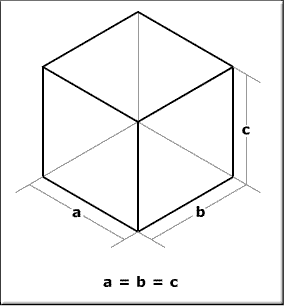
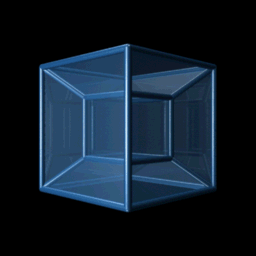
Three dimensions of a cube versus four dimensional square: a Tesseract.
By analogy, three dimensions to analyze in environmental science are:
a. stands for affluence –culture (a legacy of sanctions)
b. stands for population –biotic inheritance & environmental resistance
c. stands for consumption –biotic instinct, social behavior & sanctions
But the environment (ecology & genetics) persists in four dimensions!
d. Time is the fourth dimension, and as time passes entropy and disorder are constantly increasing, thus loss of order is inevitable.
Vocabulary
variation & selection, acquired traits, Neolithic (agricultural) revolution, race, Oliver Sacks' work, culture, cultural stickiness, social lag, ideology, cultural drag, visual cortex, limbic system, audio stimuli, hypothalamus.Ehrlich & Ehrlich, pp. 377-399.
The Ehrlichs' conclude:
If you cannot see this sensory illusion what will we do to explain acidification?
five imperceptible, but significant threats
"...we believe that human beings, as the dominant animal, have an ethical imperative especially to carefully consider the environmental dimensions of our dilemma, become informed about them, and start deciding."
P. 139
How do attitudes about gender spawned by cultural beliefs and social norms act as constraints on population?
Capacity is often hard to see because reality masks the clues.
I ) Dialectical thinking
Opposition
A unity of opposites
II ) Awareness is not enough
III ) Ease of missing the point
IV ) How beliefs and perceptions get in the way
A. The authors argue four points
1.) Culture
2.) Problems
3.1) Religion
3.2) Critics
4) Race and cultural stereotypesV ) Summary of the examples, evidence, & two arguments is a case for knowing dimensions.
1.1) Conclusion
1.2) Lesson
Overview | outline | argument | visuals | religion's origins | vocabulary | summary | Authors' conclusions | lesson

